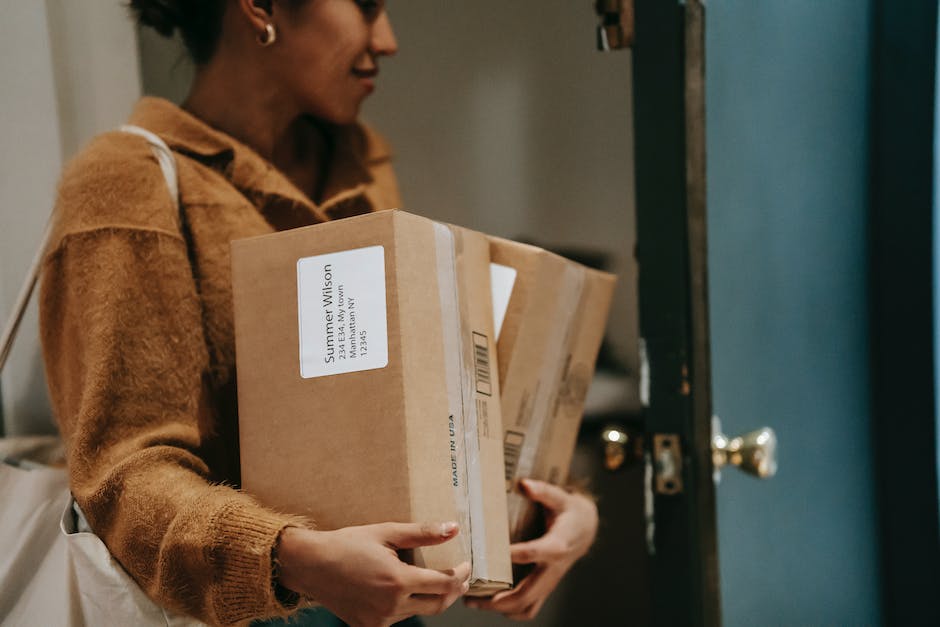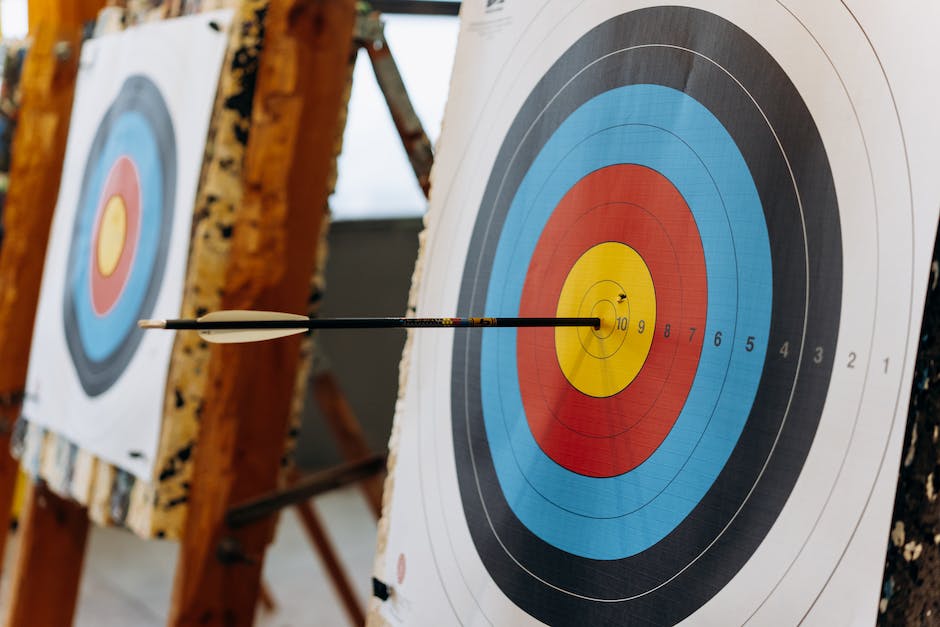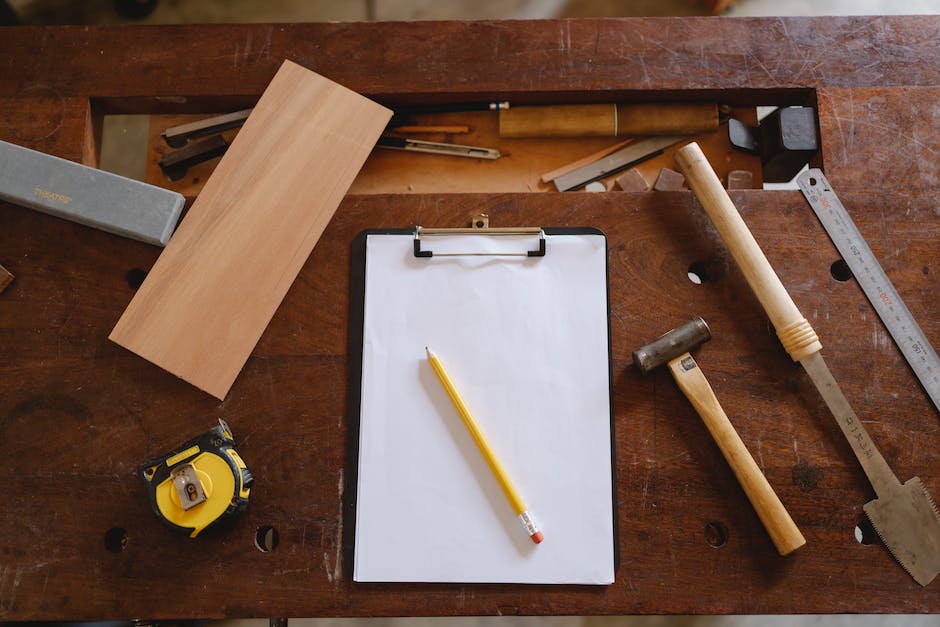As the understanding and acceptance of cannabis continue to expand, individuals have become interested in alternative ways of experiencing its effects. One such approach that has gained significant attention is microdosing cannabis. In this guide, we will explore the concept of microdosing and how it can be seen as a more precise and controlled way of consuming cannabis.
Microdosing involves consuming very small doses of cannabis, typically a fraction of what is typically used for recreational or medicinal purposes. The aim is to experience the subtle therapeutic benefits of the plant without the overwhelming psychoactive effects commonly associated with higher doses. By fine-tuning the dosage to the individual’s needs, microdosing offers a way to harness the potential benefits of cannabis while maintaining focus and clarity.
The idea behind microdosing is rooted in the concept of the biphasic effect, which suggests that cannabis has different effects at different dosage levels. While higher doses may lead to sedation or psychoactive experiences, smaller doses are believed to enhance focus, creativity, and overall well-being. By titrating the dosage down to the minimum effective level, microdosers hope to achieve these benefits without unwanted side effects.
Furthermore, microdosing emphasizes the importance of personalization and self-awareness. Each individual’s endocannabinoid system, which interacts with the cannabinoids in cannabis, is unique. Consequently, the optimal dose for one person may not be the same for someone else. Through careful experimentation and observation, microdosers can find their ideal dosage, ensuring the best possible experience without negative outcomes.
It is crucial to note that microdosing cannabis should always be approached responsibly and in compliance with local laws and regulations. Additionally, individuals considering microdosing should consult with a healthcare professional to discuss their intentions and any potential contraindications.
In the upcoming sections of this guide, we will further explore the potential benefits of microdosing, delve into different methods of consumption, discuss dosage recommendations, address potential risks, and offer some practical tips for incorporating microdosing into your wellness routine. So, let us embark on this journey of precision consumption and discover the potential benefits that microdosing cannabis may hold.
Defining microdosing: Clearly stating what microdosing entails when it comes to cannabis consumption and highlighting the benefits it offers.

Microdosing Cannabis: A Guide to Precision Consumption
Defining Microdosing:
Microdosing refers to the practice of consuming small and precise amounts of cannabis to achieve subtle therapeutic effects, without experiencing the typical psychoactive high associated with larger doses. It involves consuming a fraction of the standard recommended dose, usually around 2.5 to 5 milligrams of THC (the main psychoactive compound in cannabis).
Benefits of Microdosing:
1. Enhanced Focus and Productivity: One of the key advantages of microdosing cannabis is its potential to enhance focus and productivity. By consuming a low dose, individuals may experience increased mental clarity, improved concentration, and heightened creativity. This can be particularly beneficial for professionals seeking to boost their performance in a work setting.
2. Stress and Anxiety Management: Cannabis has long been recognized for its potential calming and relaxation properties. Microdosing cannabis can help individuals manage stress and anxiety without the side effects of higher doses that may induce euphoria or lethargy. This controlled approach to consumption allows for a balanced state of mind while promoting mental well-being throughout the day.
3. Pain Relief and Inflammation Reduction: Cannabis is renowned for its analgesic properties and has been commonly used to alleviate various types of pain. Microdosing cannabis may provide individuals with chronic pain or inflammation issues some relief, without impairing their cognitive ability or causing excessive drowsiness. This way, users can go about their daily activities with minimal disruption from pain.
4. Sleep Improvement: Some individuals may struggle with sleep disorders or experience difficulty falling asleep. Microdosing cannabis before bed can help promote a more restful sleep without the risk of grogginess upon waking. By consuming the appropriate low dosage, individuals can potentially enhance their sleep quality and wake up refreshed and rejuvenated.
Conclusion:
Microdosing cannabis offers a strategic and precise approach to cannabis consumption, allowing individuals to experience the therapeutic benefits without the psychoactive high. By consuming small and controlled doses, users can enhance focus, manage stress and anxiety, alleviate pain and inflammation, and improve sleep quality. However, it is crucial to consult with a healthcare professional before incorporating any new regimen into your daily routine, especially when it comes to cannabis usage.
Benefits of microdosing cannabis: Discussing the advantages of consuming cannabis in small doses, such as increased focus, creativity, and decreased anxiety.

Microdosing cannabis, the practice of consuming small amounts of the plant, has gained significant popularity in recent years. While the concept is not new, individuals are now recognizing the potential benefits of consuming cannabis in precision doses. Here, we explore some of the advantages of microdosing cannabis and how it can positively impact various aspects of our lives.
1. Increased Focus: One of the key benefits reported by individuals who microdose cannabis is an enhanced ability to focus. By taking small doses, users claim to experience improved concentration and concentration for prolonged periods of time. This heightened focus can be particularly advantageous for those who struggle with staying on track or maintaining productivity throughout the day.
2. Boost in Creativity: Microdosing cannabis has been linked to an increase in creativity and innovative thinking. Many users report feeling more open-minded and imaginative, leading to improved problem-solving skills and the ability to think outside the box. This benefit can be particularly valuable for individuals who work in creative fields or engage in activities that require a high level of innovation.
3. Decreased Anxiety: Cannabis has long been associated with its relaxation and calming effects. When consumed in small doses, it can help reduce anxiety and promote a sense of overall well-being. Microdosing cannabis allows individuals to experience the soothing properties of the plant without feeling overwhelmed or impaired. This benefit can be especially valuable for those suffering from mild anxiety or stress-related conditions.
4. Enhanced Productivity: Microdosing cannabis can also contribute to increased productivity. By consuming small amounts, individuals can tap into the motivational properties of the plant, experiencing a boost in energy, drive, and motivation. This can lead to improved efficiency, increased task completion, and an overall sense of accomplishment.
5. Improved Mood and Emotional Well-being: Another advantage of microdosing cannabis is its impact on mood regulation. Small, controlled doses can help individuals achieve a more balanced emotional state, reducing feelings of depression, stress, and irritability. This benefit can have a profound impact on daily life, allowing individuals to navigate challenges with greater emotional resilience and stability.
It is important to note that the effects of microdosing cannabis can vary from person to person. Finding the ideal dosage that works for an individual might require some experimentation and careful observation. As with any substance, it is crucial to approach cannabis consumption responsibly and ensure compliance with applicable laws and regulations.
In conclusion, microdosing cannabis offers a range of potential benefits, including increased focus, enhanced creativity, decreased anxiety, improved productivity, and improved emotional well-being. As this practice gains more attention, further research and anecdotal evidence may continue to shed light on its potential advantages and applications.
Precision dosing techniques: Detailing various methods to accurately measure and consume smaller doses of cannabis, including vaporizers, tinctures, and edibles.

Accurately measuring and consuming smaller doses of cannabis has gained popularity in recent years, especially among professionals looking for alternative ways to reap the potential benefits of this plant without compromising their productivity. Precision dosing techniques allow individuals to maintain control over their cannabis consumption and experience the desired effects in a controlled manner. In this section, we will delve into some effective methods for achieving precision consumption: vaporizers, tinctures, and edibles.
1. Vaporizers: A popular choice for precision dosing is the use of vaporizers. These devices heat cannabis flower or concentrates to a specific temperature that activates the desired compounds without combustion. Vaporizers provide a more predictable and controlled experience compared to smoking, making them an ideal choice for professionals seeking discreet and precise cannabis consumption. By adjusting the temperature settings and inhaling slowly, users can fine-tune their dosage and achieve the desired effects without feeling overwhelmed.
2. Tinctures: Another precision dosing method involves the use of cannabis tinctures. Tinctures are liquid extracts infused with cannabis compounds, usually THC or CBD. They come with a dropper, allowing users to measure exact doses and administer them sublingually (under the tongue) or by adding it to food or beverages. The advantage of tinctures lies in their versatility and long shelf life. With tinctures, precision becomes effortless as you can easily control the dosage drop by drop, ensuring consistency in your cannabis consumption.
3. Edibles: Edibles have come a long way from the traditional pot brownies. Today, there is a wide range of edible options available, from gummies and chocolates to cannabis-infused beverages. By carefully selecting edibles with lower THC concentrations, professionals can microdose by consuming smaller portions. Companies have also started producing edibles with more precise dosages labeled on the packaging, further aiding in the achievement of precision consumption. It is important, however, to start with lower doses and allow sufficient time for the effects to kick in, as edibles tend to have a delayed onset compared to other methods.
When embarking on precision dosing, it is crucial to understand that everyone’s tolerance and reactions to cannabis vary. It is always advisable to start with smaller doses, gradually increasing over time to find the perfect balance for your needs. By incorporating precision dosing techniques like vaporizers, tinctures, and edibles, professionals can effectively control their cannabis consumption and experience the potential benefits without compromising their professional image.
Remember, regardless of the method chosen, it is essential to consume responsibly and understand the legalities surrounding cannabis use in your area.
Start low, go slow: Emphasizing the importance of starting with a low dose and gradually increasing it over time to ensure a comfortable and personalized experience.

In the world of cannabis consumption, precision is key. One approach that has gained significant attention over the years is microdosing. This practice involves consuming small, carefully measured doses of cannabis to achieve subtle benefits without experiencing overwhelming psychoactive effects. If you’re new to microdosing or considering giving it a try, it’s crucial to start low and go slow.
Emphasizing the importance of starting with a low dose and gradually increasing it over time is a fundamental principle of microdosing cannabis. By doing so, you allow your body to acclimate to the effects and find the ideal dosage that suits your unique needs.
Starting with a low dose serves multiple purposes. First, it minimizes the chances of overconsumption and any potential adverse effects that may come with it. By easing into the process, you reduce the risk of feeling overwhelmed, anxious, or experiencing other discomforts that can occur when consuming larger amounts of cannabis.
Secondly, by starting low, you can better gauge the impact of the dose on your mind and body. This allows for a more accurate assessment of the subtle effects that microdosing aims to provide. Whether it’s increased focus, creativity, or a sense of calm, these benefits are often more noticeable when consumed in smaller, controlled amounts.
Furthermore, by gradually increasing the dosage, you give yourself the opportunity to fine-tune your experience. Everyone’s tolerance and sensitivity to cannabis vary, so what works for one person may not be the ideal dosage for another. By slowly increasing the dose over time, you can find the sweet spot that delivers the desired effects without crossing the threshold into intense intoxication.
When embarking on your microdosing journey, it’s essential to be patient and give your body time to adapt. Start with a minimal dose, commonly recommended around 2.5 mg of THC (tetrahydrocannabinol), or even lower if you are particularly sensitive to cannabis. Give yourself at least a few days to a week at this dose, observing how it affects you physically and mentally.
If you find that the effects are too mild, gradually increase the dose by small increments, typically around 2.5 mg more, every few days. Keep a journal or make notes to track the effects and determine what dosage works best for you. Remember, the goal of microdosing is to find the lowest effective amount, not to reach a high or intense euphoria.
Starting low and going slow is the guiding principle for a comfortable and personalized microdosing experience. By taking the time to listen to your body and tailoring the dosage to your specific needs, you can unlock the benefits of cannabis without compromising your daily routines or professional responsibilities. So, take a measured approach, be mindful of your limits, and let precision guide your cannabis journey.
Finding the right strain: Exploring different cannabis strains that are commonly used for microdosing and providing tips on selecting the strain that suits individual needs.

When it comes to microdosing cannabis, finding the right strain is crucial for achieving the desired effects. Different cannabis strains contain varying levels of cannabinoids, such as THC and CBD, which contribute to their unique effects on the mind and body. In this section, we will explore some commonly used strains for microdosing and provide tips on selecting the strain that suits individual needs.
1. Consider the THC to CBD ratio:
Choosing a strain with the right balance of THC (tetrahydrocannabinol) and CBD (cannabidiol) is essential for microdosing. THC is the psychoactive compound responsible for the “high” feeling, while CBD offers more therapeutic benefits without the intoxicating effects. Strains with a higher CBD content and lower THC levels are generally recommended for microdosing purposes, as they provide a more subtle, milder experience.
2. Indica or Sativa:
Cannabis strains are often categorized as either Indica or Sativa, each having its distinct effects on the body and mind. Indica strains are known for their relaxing and sedative properties, while Sativa strains tend to be more uplifting and energizing. Depending on your desired outcome, you may choose an Indica strain for relaxation and stress relief or a Sativa strain for increased creativity and focus. Some prefer hybrid strains that combine the best of both worlds.
3. Start low and go slow:
When selecting a strain for microdosing, it’s important to start with a low THC content. This allows users to gradually increase their dosage until they find their optimal balance. This approach minimizes the risk of overconsumption and potential unwanted side effects. Additionally, beginners or those with lower tolerance should be especially mindful and cautious when experimenting with microdosing cannabis.
4. Consult with a knowledgeable budtender:
If you’re unsure about which strain to choose or need further guidance, consulting with a knowledgeable budtender at a reputable dispensary can be incredibly helpful. These professionals are well-informed about the different strains available and can provide personalized recommendations based on your preferences and individual needs. They can also educate you on the potential effects and benefits of specific strains, helping you make an informed decision.
Remember, finding the right strain for microdosing cannabis is a personal journey. Everyone’s experience and needs are unique, so it may take some trial and error to discover what works best for you. By considering the THC to CBD ratio, Indica vs. Sativa characteristics, starting low and going slow, and seeking guidance from a knowledgeable budtender, you can confidently select a cannabis strain that complements your desired effects and enhances your microdosing experience.
Managing tolerance buildup: Explaining how to avoid building up tolerance to the effects of cannabis by implementing regular breaks or altering strains.

One of the challenges that can arise from consistent cannabis consumption is the development of tolerance to its effects. Over time, the body and mind may become accustomed to the presence of cannabinoids, reducing the impact and effectiveness of the experience. However, by implementing strategic methods, such as taking regular breaks or experimenting with different strains, it is possible to manage tolerance buildup effectively.
Taking periodic cannabis breaks can be an effective way to prevent tolerance from building up. By allowing the body to reset itself, you give the endocannabinoid receptors a chance to regain sensitivity. This means that when you resume cannabis consumption after a break, you are more likely to experience the desired effects at lower doses. It is recommended to take a break of at least two to four weeks, but the duration can vary depending on individual preferences and needs.
Another approach to managing tolerance buildup is by diversifying the types of cannabis strains consumed. Different strains contain varying levels of cannabinoids, such as THC and CBD, as well as other beneficial compounds. By switching between strains, you can help prevent the body from becoming too accustomed to the specific profile of any particular strain. This can help maintain sensitivity to cannabis and reduce the likelihood of tolerance development.
Additionally, altering the method of consumption can also play a role in managing tolerance. For example, if you regularly consume cannabis through smoking or vaping, you could try exploring alternative methods such as edibles, tinctures, or topicals. Each method provides a slightly different experience due to variations in how the cannabinoids are absorbed and processed by the body. By diversifying your consumption methods, you can avoid repetitive exposure to the same delivery mechanism and potentially minimize tolerance buildup.
It’s important to note that managing tolerance buildup is a personal journey, and what works for one person may not work for another. It is crucial to listen to your body and assess how cannabis affects you individually. Regular breaks and strain rotations are just a couple of strategies to consider when aiming to maintain the optimal impact of cannabis consumption.
By implementing these techniques, you can strive towards precision and avoid the risk of diminishing returns. Managing tolerance buildup allows you to continue enjoying the potential benefits of cannabis while maintaining a balanced and personalized approach to consumption. Remember, being mindful of your tolerance can lead to a more enjoyable and effective cannabis experience in the long run.
Creating a microdosing routine: Suggesting ways to incorporate microdosing into a daily routine and discussing the potential benefits it can offer in various aspects of life.

Microdosing Cannabis: A Guide to Precision Consumption
Creating a Microdosing Routine
Incorporating microdosing into a daily routine can be an effective way to experience the benefits of cannabis without experiencing any noticeable intoxication. By taking small, carefully measured doses of cannabis throughout the day, individuals can harness the potential therapeutic effects without compromising their productivity or mental clarity.
One way to incorporate microdosing into your daily routine is to start by determining the most suitable times to consume cannabis. This may differ for each person depending on their lifestyle, responsibilities, and desired outcomes. For example, some individuals may find it helpful to consume a small dose of cannabis in the morning to promote focus and creativity, while others may prefer to take it in the evening to unwind and relax after a long day.
Scheduling regular intervals between microdoses is crucial to maintaining a steady and balanced experience. The duration between doses can vary from a few hours to several hours, depending on the individual’s tolerance and desired effects. By spacing out the doses, you can ensure that you are not overwhelming your system and allow yourself to benefit from a consistent, controlled experience throughout the day.
In addition to establishing a schedule, it is important to consider the method of consumption when incorporating microdosing into your routine. Popular options for microdosing include cannabis-infused capsules, tinctures, or even inhalation through vaporizers. Each method has its own advantages and considerations, so it is essential to choose the one that aligns with your preferences and lifestyle.
When incorporating microdosing into your routine, it is crucial to remember that everyone’s reaction to cannabis may vary. Start with the smallest possible dose and gradually increase if needed, paying close attention to the effects it produces. Keeping detailed notes about the dosage, timing, and desired outcomes can help you fine-tune your routine and maximize the benefits.
Benefits of Microdosing in Various Aspects of Life
Microdosing cannabis has gained popularity due to its potential benefits across different aspects of life. By finding the right balance, individuals have reported improvements in areas such as:
1. Focus and Productivity: Microdosing can enhance mental clarity, allowing individuals to stay focused and engaged throughout the day. It may help to relieve stress, boost creativity, and increase productivity, making it an attractive option for those seeking an extra edge in their professional or personal endeavors.
2. Mood Enhancement: Some individuals have found that microdosing cannabis can help improve their mood and overall happiness. It may help alleviate symptoms of anxiety, depression, or stress, providing a gentle uplift without the intensity often associated with higher doses.
3. Pain Management: Microdosing cannabis has shown promising results in managing chronic pain conditions. By targeting the body’s endocannabinoid system, it can help reduce inflammation and provide relief without the unwanted side effects often associated with traditional pain medications.
4. Improved Sleep: Those struggling with sleep issues may find that microdosing cannabis before bedtime can promote relaxation and improve sleep quality. It may help individuals fall asleep faster, stay asleep longer, and wake up feeling refreshed.
Conclusion
Incorporating microdosing into a daily routine offers individuals the opportunity to experience the potential benefits of cannabis while maintaining a professional and productive lifestyle. By establishing a precise microdosing regimen and considering the ideal timing and method of consumption, individuals can effectively harness the therapeutic effects that cannabis has to offer. Whether it is boosting focus, enhancing mood, managing pain, or improving sleep, microdosing cannabis can be a valuable tool for those seeking a balanced and controlled experience.
Potential risks and precautions: Addressing potential risks associated with cannabis consumption and advising on how to mitigate them, including responsible usage and understanding personal limits.
Research has shown that microdosing cannabis can offer numerous benefits, such as increased creativity, improved mood, and reduced anxiety. However, like any substance, it’s important to approach microdosing with caution and understanding.
One potential risk of cannabis consumption, even at lower doses, is the potential for impaired cognitive function and motor skills. It is crucial to avoid operating machinery, driving, or engaging in any activity that requires focus and coordination while under the influence. By adhering to responsible usage practices, individuals can reduce the risk of accidents and ensure their safety.
Another factor to consider is the interaction between cannabis and other medications or substances. It’s important to consult with a healthcare professional before incorporating cannabis into a daily routine, especially if you are currently taking any prescription medications. Some medications may interact adversely with cannabis, potentially impacting their effectiveness or causing unwanted side effects. Being aware of these interactions is vital to ensuring personal health and well-being.
Understanding personal limits is also crucial when it comes to microdosing cannabis. Everybody reacts differently to cannabis, and what works for one person may not work for another. Start with the lowest possible dose and gradually increase it until you find your optimal dosage. Remember, the purpose of microdosing is to experience the therapeutic benefits without getting intoxicated. Pay close attention to how different doses affect you and adjust accordingly.
Maintaining a responsible and respectful attitude towards cannabis consumption is essential for the overall perception of the plant and its users. Avoid using cannabis in public spaces where it isn’t permitted, and be mindful of others who may not share the same views or preferences. By being considerate, we can help promote a positive image of cannabis and its potential benefits within our communities.
In conclusion, while microdosing cannabis can offer various advantages, it is essential to approach it responsibly and with awareness. Understanding the potential risks and taking necessary precautions such as avoiding risky activities, considering medication interactions, and knowing personal limits will contribute to a safe and positive microdosing experience. By following these guidelines, individuals can harness the potential benefits of cannabis while minimizing any associated risks.

